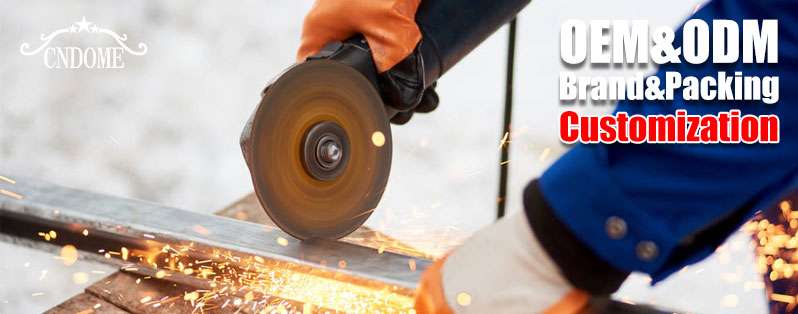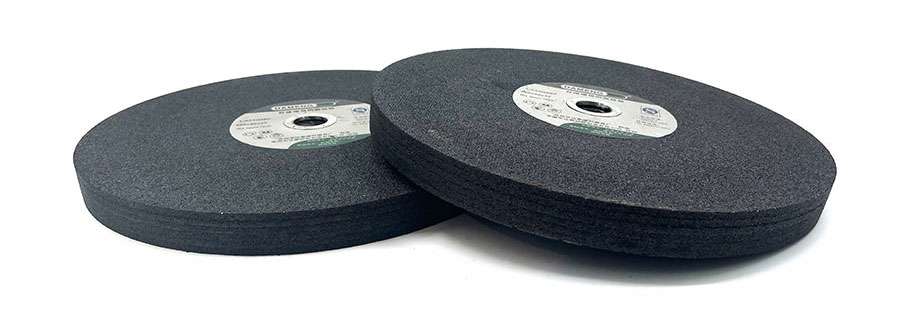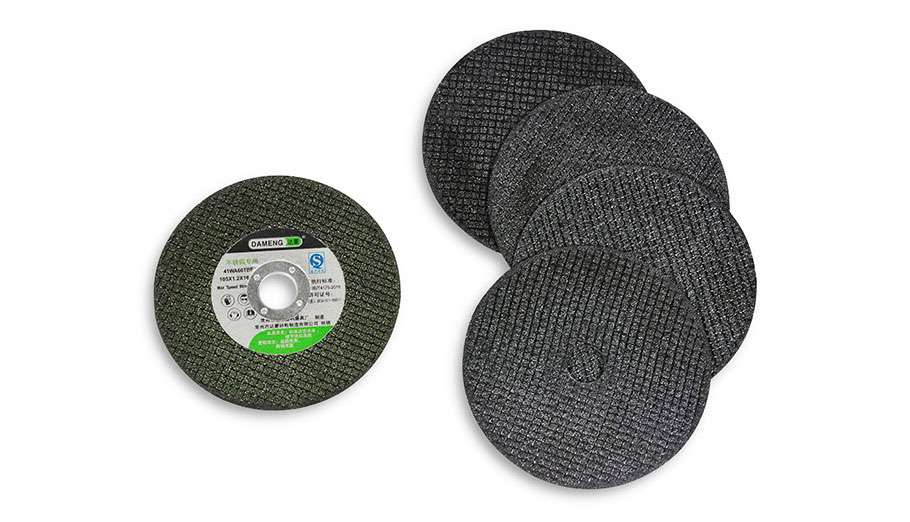Cutting stainless steel requires precision, efficiency, and the right tools. Among these tools, cutting wheels stand out as essential for achieving clean, precise cuts. In this blog, we’ll delve into everything you need to know about cutting wheels for stainless steel, from their types and uses to tips for optimal performance.
Types of Cutting Wheels for Stainless Steel
1. Bonded Abrasive Cutting Wheels:
- Resinoid Bonded: These wheels are made with a resin bond that holds the abrasive grains together. They are highly durable and suitable for fast cutting applications.
- Vitrified Bonded: Using a ceramic bond, these wheels are known for their strength and precision. They are often used in industrial applications where precision is crucial.
2. Diamond Cutting Wheels:
- Electroplated: These wheels have diamond particles attached to the edge, offering precise and clean cuts. They are ideal for cutting through hard materials like stainless steel.
- Sintered: In these wheels, diamond particles are sintered into the metal, providing a longer lifespan and more aggressive cutting capability.
Key Features to Look For
1. Abrasive Material:
- Aluminum Oxide: Suitable for general-purpose cutting of stainless steel. It offers a good balance between durability and cutting speed.
- Zirconia Alumina: Provides a sharper cut and longer lifespan, making it ideal for tougher stainless steel applications.
2. Wheel Diameter and Thickness:
- Diameter: Common diameters range from 4 to 12 inches. Choose a size that matches your cutting tool and the thickness of the material.
- Thickness: Thinner wheels (1/16 inch or less) provide faster cuts and are ideal for thin stainless steel sheets. Thicker wheels (1/8 inch or more) are better for heavier-duty applications.
3. Speed Rating:
- Ensure the wheel’s maximum RPM rating matches or exceeds the RPM of your cutting tool. Using a wheel with a lower rating can lead to breakage and accidents.
Choosing the Right Cutting Wheel
1. Application: Identify the type of cut you need (straight, curved, intricate). For intricate cuts, opt for thinner wheels with a high abrasive quality.
2. Cutting Tool Compatibility: Ensure the wheel is compatible with your cutting tool, whether it’s an angle grinder, chop saw, or another device.
3. Material Thickness: Match the wheel’s specifications to the thickness of the stainless steel. Thicker materials require more durable and aggressive wheels.
Tips for Optimal Performance
1. Proper Setup: Ensure the cutting wheel is correctly mounted on the tool. An improperly mounted wheel can wobble, leading to poor cuts and potential hazards.
2. Cutting Technique: Use a steady hand and consistent pressure. Avoid forcing the wheel through the material; let the wheel do the work.
3. Cooling: Stainless steel can heat up quickly, causing discoloration and warping. Use a coolant or water to keep the material and wheel cool during cutting.
4. Safety First: Always wear appropriate safety gear, including gloves, eye protection, and hearing protection. Secure the workpiece to prevent movement during cutting.
Maintenance and Care
1. Storage: Store cutting wheels in a dry, cool place to prevent moisture damage and warping.
2. Inspection: Regularly inspect wheels for cracks, chips, or other damage before use. Damaged wheels should be discarded immediately.
3. Cleaning: After use, clean the wheel and cutting tool to remove debris and prevent buildup that can affect performance.
Conclusion
Selecting the right cutting wheel for stainless steel is crucial for achieving clean, precise cuts and prolonging the life of your tools. By understanding the different types of wheels, key features, and proper techniques, you can ensure optimal performance and safety in your cutting operations. Happy cutting!




